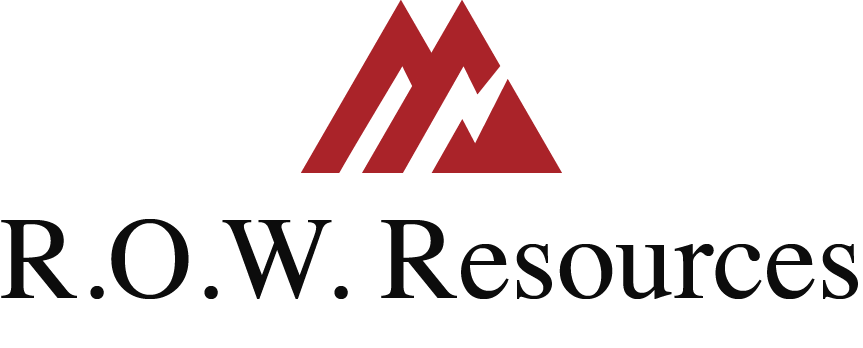The industrial and energy sectors are evolving rapidly, and one of the biggest challenges facing companies today is the growing skills gap. With experienced workers retiring and technology transforming operations, the demand for highly trained professionals has never been greater.
As industries shift toward automation, sustainability, and more complex infrastructure projects, companies must invest in workforce development to remain competitive.
1. The Growing Labor Shortage in Industrial Services
The industrial sector has long relied on skilled labor to operate and maintain critical infrastructure, from pipelines to energy production facilities. However, as more experienced workers retire, companies are struggling to fill key positions.
- Retirement Wave: A large percentage of the industrial workforce is aging, leaving a gap in specialized knowledge.
- Lack of New Skilled Workers: Fewer young professionals are entering technical trades, making it harder to replace retiring experts.
- High Demand for Certified Workers: Many industrial jobs require OSHA 10, HDPE Fusion, and TWIC certifications, but not enough workers are trained in these areas.
To stay ahead, companies like R.O.W. Resources are investing in training programs, competitive compensation, and career development opportunities to attract and retain top talent.
2. The Role of Technology in Workforce Training
With automation and digital monitoring becoming standard in industrial services, the next generation of workers must be trained in both traditional skills and new technology.
- Remote Monitoring & Data Analysis: The ability to track and optimize operations using real-time data is now essential.
- Smart Equipment & IoT Integration: Workers must understand how to operate and maintain equipment with advanced digital interfaces.
- Safety Technology: Training must include the latest compliance tools, wearable safety devices, and automated alert systems.
At R.O.W. Resources, we’re embracing these advancements—combining hands-on expertise with cutting-edge technology to ensure our workforce is equipped for the future.
3. Closing the Skills Gap Through Industry Collaboration
Solving the workforce shortage isn’t just about hiring—it requires industry-wide collaboration between companies, trade schools, and workforce development programs.
- Apprenticeship & Training Partnerships: Working with technical schools and unions to train the next generation.
- On-the-Job Training & Upskilling: Investing in continuous learning to keep workers ahead of industry trends.
- Career Advancement Programs: Creating pathways for long-term growth within companies.
At R.O.W. Resources, we take pride in developing skilled professionals who are ready to lead in industrial and energy operations. A strong workforce is the foundation of a strong industry.
The Future of Skilled Labor in Industrial Operations
The demand for highly trained, adaptable workers will only continue to grow. Companies that invest in training, technology, and workforce development will be best positioned to succeed in an evolving industry.
At R.O.W. Resources, we’re committed to bridging the skills gap—ensuring that our team is ready to take on the challenges of tomorrow.
🔗 Learn More About Careers at R.O.W. Resources → Visit Our Career Page

